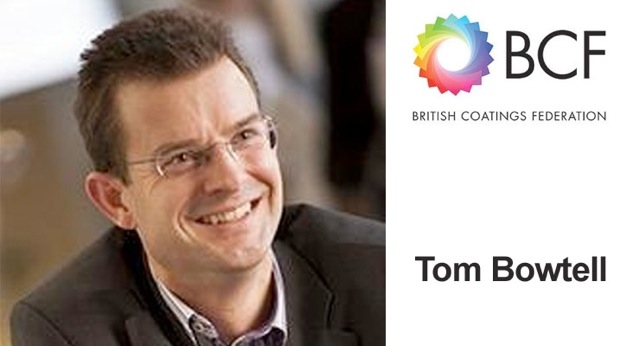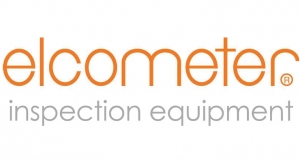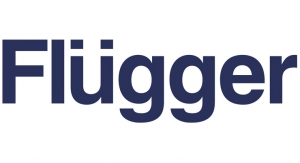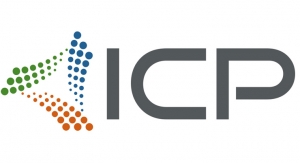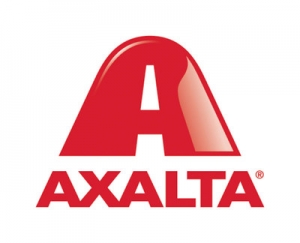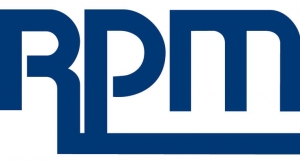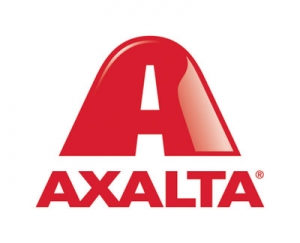Tom Bowtell, British Coatings Federation CEO07.26.21
Earlier in July, the acquisition of U-POL by American owned Axalta was announced – U-POL was the latest, and by far largest, remaining UK owned paint company, with sales close to £100 million.
I began my career in the coatings industry in the early 1990s, when most of the UK paint industry was UK owned and much more fragmented. I was working for AkzoNobel from the Netherlands, who had acquired Sandtex and Permoglaze in the late 1980s, then MacPhersons and Crown Paints in the early 1990s and International Paints in 1998.
Around the same time Ronseal was bought by Sherwin-Williams from the USA, who later bought Leighs Paints in 2011. Johnstones and Leyland paint brands are part of the American paint company PPG, who bought the SigmaKalon paint business in 2008. The biggest acquisition came in 2008, when AkzoNobel acquired Dulux from ICI, which ended the UK’s representation in the top 25 list of Europe’s top paint manufacturers.
In 2011, Crown Paints was bought by Danish company Hempel, who in May this year acquired Farrow and Ball from an American retail company. Axalta also acquired Spencer Coatings, a UK protective and industrial coatings manufacturer in 2017.
Three out of four paint cans sold in the UK are made here, and the UK is a net exporter of coatings, with exports running at over £1 billion. The paint industry still has a very strong UK manufacturing base, and from all the acquisitions mentioned above, I cannot think of one that led to less UK manufacturing. Granted there has been consolidation of sites in some cases, but this has also led to higher levels of productivity. We estimate that whilst approximately 50% of the British Coatings Federation membership is UK owned, more than 90% of the £4 billion turnover of the industry comes from the multinationals.
We have seen significant foreign direct investment in the UK coatings industry, with several key investments in the last five years, despite the concerns the industry rightly has over future chemical regulations in the UK post Brexit.
For example, AkzoNobel invested £100 million in a state-of-the-art factory in Ashington, Northumberland for their Dulux brand, which opened in 2017, and a further £27 million at the Felling site in Gateshead, where the International Paints brand has its global headquarters. PPG has had a multi-million investment in their manufacturing facility in Batley, Yorkshire, which was recently visited by the prime minister ahead of the by-election there, and Crown Paints announced a £5 million investment in upgrading facilities at its Hull site in February this year.
The paint industry can certainly say its playing its part in the levelling up agenda, and it is encouraging to see new investments in the post Brexit period.
We also shouldn’t forget the innovation and adaptability of the UK’s SMEs coatings companies, who have established their own niches to ensure their futures – be it in technology, customer service or simply being more fleet of foot and adaptable to market needs.
For me, the most important test is that the global coatings companies continue to invest in the UK, supporting UK manufacturing and UK jobs. From what we’ve seen so far the industry is passing the test, but we need the UK government to also play its part, by creating a regulatory landscape that stimulates, rather than inhibit chemical manufacturing sectors like coatings.
I began my career in the coatings industry in the early 1990s, when most of the UK paint industry was UK owned and much more fragmented. I was working for AkzoNobel from the Netherlands, who had acquired Sandtex and Permoglaze in the late 1980s, then MacPhersons and Crown Paints in the early 1990s and International Paints in 1998.
Around the same time Ronseal was bought by Sherwin-Williams from the USA, who later bought Leighs Paints in 2011. Johnstones and Leyland paint brands are part of the American paint company PPG, who bought the SigmaKalon paint business in 2008. The biggest acquisition came in 2008, when AkzoNobel acquired Dulux from ICI, which ended the UK’s representation in the top 25 list of Europe’s top paint manufacturers.
In 2011, Crown Paints was bought by Danish company Hempel, who in May this year acquired Farrow and Ball from an American retail company. Axalta also acquired Spencer Coatings, a UK protective and industrial coatings manufacturer in 2017.
Three out of four paint cans sold in the UK are made here, and the UK is a net exporter of coatings, with exports running at over £1 billion. The paint industry still has a very strong UK manufacturing base, and from all the acquisitions mentioned above, I cannot think of one that led to less UK manufacturing. Granted there has been consolidation of sites in some cases, but this has also led to higher levels of productivity. We estimate that whilst approximately 50% of the British Coatings Federation membership is UK owned, more than 90% of the £4 billion turnover of the industry comes from the multinationals.
We have seen significant foreign direct investment in the UK coatings industry, with several key investments in the last five years, despite the concerns the industry rightly has over future chemical regulations in the UK post Brexit.
For example, AkzoNobel invested £100 million in a state-of-the-art factory in Ashington, Northumberland for their Dulux brand, which opened in 2017, and a further £27 million at the Felling site in Gateshead, where the International Paints brand has its global headquarters. PPG has had a multi-million investment in their manufacturing facility in Batley, Yorkshire, which was recently visited by the prime minister ahead of the by-election there, and Crown Paints announced a £5 million investment in upgrading facilities at its Hull site in February this year.
The paint industry can certainly say its playing its part in the levelling up agenda, and it is encouraging to see new investments in the post Brexit period.
We also shouldn’t forget the innovation and adaptability of the UK’s SMEs coatings companies, who have established their own niches to ensure their futures – be it in technology, customer service or simply being more fleet of foot and adaptable to market needs.
For me, the most important test is that the global coatings companies continue to invest in the UK, supporting UK manufacturing and UK jobs. From what we’ve seen so far the industry is passing the test, but we need the UK government to also play its part, by creating a regulatory landscape that stimulates, rather than inhibit chemical manufacturing sectors like coatings.

